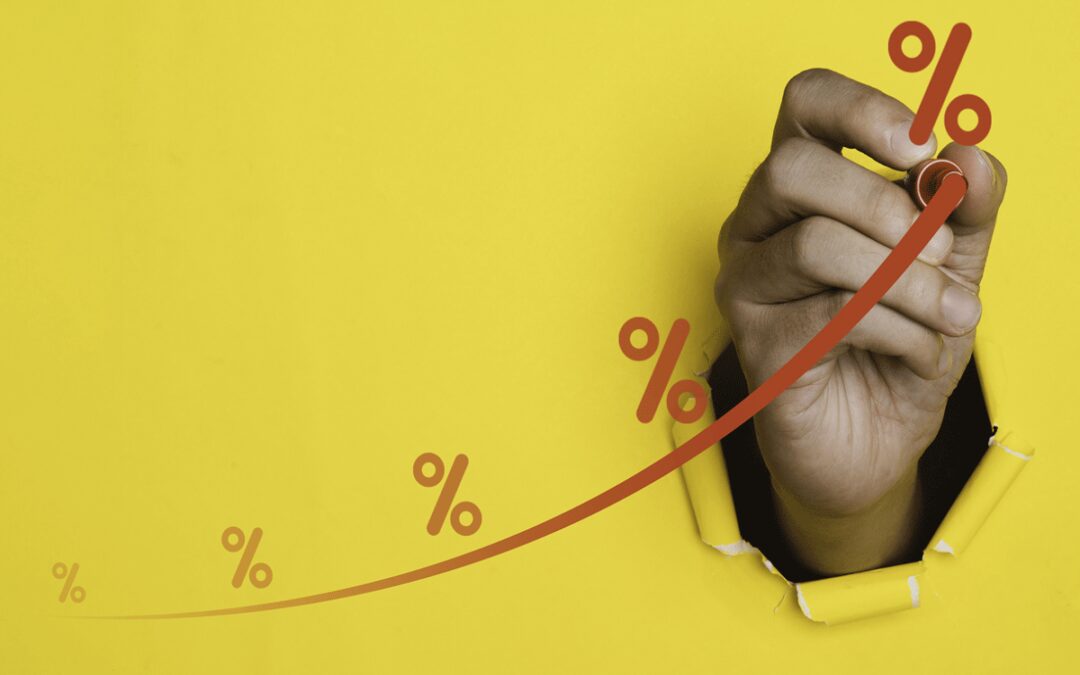Investors who invest in fixed deposits (FDs) have had a dream run the last two years. All thanks to the repo rate hike, the interest rates on fixed deposits have touched 8% at well-known public and private sector banks. Several small finance banks even offer around 9% interest rate on FDs. For senior citizen investors, the interest rate on FDs reached 9.5% at one point. After witnessing a historic low till April 2022, FD interest rates have surged multifold, making it an attractive investment option for many.
Now the question is: how long can you get such high interest on FDs?
With the new financial year’s first Monetary Policy Committee (MPC) meeting of the Reserve Bank of India (RBI) scheduled this week, all eyes are on the regulators to get an idea of what the future holds for FD investors. Shaktikanta Das, Governor of the Reserve Bank of India, will announce the decisions of the RBI MPC on March 5, 2024.
ET Wealth Online spoke to several experts to try and understand how FD interest rates are likely to change in the next few months and how FD investors can make the most of this scenario.
RBI MPC: RBI likely to keep the repo rate unchanged at 6.5% in April 2024
Repo rate is one of the major factors that drive the interest rates of fixed deposits. When the repo rate increases, FD interest rates typically go up. Similarly, when the repo rate is reduced, FD interest rates usually go down.
The RBI has kept the repo rate unchanged at 6.5% since February 2023, which was aimed at keeping India’s retail inflation within its target range of 2%-6%.
Will the central bank cut the repo rate in the April monetary policy?
Answering this, Jahnavi Prabhakar, Economist, Bank of Baroda, says, “Monetary Policy Committee in the upcoming RBI policy meet is likely to retain the repo rate and continue with the ‘withdrawal of accommodation’ stance.”This first RBI MPC meeting of this financial year is set against a backdrop of stronger-than-expected economic performance despite pressures in specific segments of the economy. On the growth front, Q3 GDP numbers show the economy has accelerated by 8.4% from 8.1% in Q2FY24, signalling the economy has been on a strong footing. Moreover, the retail inflation for the last three months has been on a downward trajectory, down from 5.7% in December 2023 to 5.1% in January 2024 and 5.09% in February 2024.
Since the previous RBI MPC meeting, on February 24, the 10-year government bond yield has hardened but the rise has not been significant as it is still trading in the range of 7.02-7.10%. Foreign investment inflows continue to remain strong led by strong FPI inflows.
Globally, the United States Federal Reserve has hinted at three rate cuts in CY24; with the first one expected in June 2024. However, there has been talk of the Fed pushing these cuts further owing to sticky inflation.The Bank of England (BoE) and the European Central Bank (ECB) are also expected to cut rates this year.
Given the resilience in the Indian economy and less pressure from outside, the RBI is unlikely to pivot at the current juncture.
“This RBI monetary policy will remain in ‘risk-minimisation mode’ to align inflation towards the target while supporting growth. Given that the RBI governor has been highlighting the aim of getting inflation to 4% on a durable basis, the policy rates are likely to be kept on hold in the upcoming policy meeting, with no change in stance,” says CareEdge in its report, RBI’s Policy Preview: A Balanced Policy with Focus on Liquidity”.
Current liquidity situation in the banking system
Credit growth in February 24 inched up to 16.5% (excluding merger) from 16.2% in January 24. As of March 8, 2024, credit growth was 16.5%. “Deposit growth remained steady and inched up marginally on February 24 at 13.1% compared to 13.2% in January 2024). As of March 8, 2024, deposit growth was at 13.7%. Even as deposit growth remains in double-digit, credit growth has outpaced the deposit growth,” says a report from Bank of Baroda.
If RBI holds the repo rate in April MPC, what should FD investors do?
If the RBI MPC goes for a pause in rate hike in the April monetary policy — which will be for the seventh straight time — there will be a short breather for FD investors. “With ongoing liquidity deficit in the banking system and expectation of rate changes, investors should consider locking in the current high rates for fixed deposits,” says Nirav Karkera, Head of Research at Fisdom.
Vipul Bhowar, Director, Listed Investments, Waterfield Advisors, says: “As deposit growth lags loan growth, banks are trying to narrow the gap with a steady increase in rates; hence, the current pause in repo rates signifies that depositors can continue to benefit from high-interest rates on deposits.”
Adhil Shetty, CEO of BankBazaar.com, suggests that considering the rates are expected to hold for a while, investors should ladder FDs and invest for the long term.
There is a chance that interest rates of certain FD tenure may increase in the next few months before decreasing. “Laddering could be a suitable approach to diversify maturity dates,” Karkera adds.
Harish Reddy, Co-Founder at Stable Money, says this looks like a good time for investors to lock-in to high rates on longer duration FDs.
RBI MPC: Rate cut likely in the second half of FY 2024-25
Even if RBI keeps the repo rate unchanged in the upcoming monetary policy, there may be a rate cut in the second half of FY 2024-25. “Going ahead, we anticipate that the RBI MPC will contemplate rate cuts in the second half of FY25 as headline inflation approaches the 4% threshold. By that time, the RBI will likely have gained further clarity on the risks associated with food inflation and the policy outlook of the US Fed,” says CareEdge.
The Bank of Baroda report says, “The likelihood of any rate cuts has been pushed forward to H2FY25. We expect 2 rate cuts this year of 25-50 basis points with the first one likely in Aug’24 which, however, is contingent on an evolving inflation scenario.”
“Regarding the timing of investments in fixed deposits,” says Raghvendra Nath, MD, Ladderup Wealth Management, “we believe that potential rate cuts would be gradual and yield only marginal impacts, likely in the range of 0.25% to 0.50%.”










